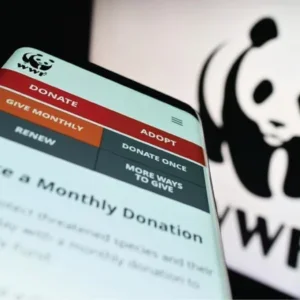The German Leather Federation have issued a cautious overview of the domestic tanning and footwear sectors following a difficult 2001. The German economy is almost in recession with an annual growth of 0.6% last year. Expectations for this year run from 0.7-0.9% and 1.5% in 2003. 2001 was a particularly poor year for plant, equipment and construction investment and the present situation in the German labour market is alarming as unemployment continues to rise.
However, early indicators suggest a degree of worldwide economic recovery in the first half of 2002 improving further during the second half. Low interest rates, a positive price climate and low inventories are favourable conditions for a slight growth in the German economy.
Last year, the tanning sector was largely affected by the BSE situation and to a lesser degree by FMD. There had been extreme market distortions regarding availability of hides as well as price effects. Following the first case of BSE in Germany, red meat consumption came to a virtual standstill during the subsequent months. Due to market interventions by the EC, slaughter rates were held at levels well above market demands.
The sharpest falls in slaughter rates occurred in the first months after the first German BSE case in early November 2000. December 2000 was down 50%, January 2001 down 17%, February down 22% and March down 11%. The first nine months of 2001 saw total slaughter down 5% but, by the end of 2001, the total annual slaughter figures for cattle had recovered by 3% (3.97 million head) compared with 2000 (3.86 million). 2001 was down 3% compared with 1999 (4.11 million) which was BSE free.
The reduced availability saw hide prices rise sharply with prices for cow and bull hides peaking at Euro2.7 per kilo at the end of April 2001, an increase of almost 60% from January 2000 levels. Prices for calfskins increased even more (+66%) to Euro6.30 per kilo. Prices fell sharply again in the third quarter of 2001 and have been increasing continuously since December 2001 (+15%).
Tanning
German tanners saw an increase in turnover last year by 10.1% to Euro601 million up from Euro546 million in 2000, part of which is due to price effects. 47% of the turnover was direct export (+8.3%) and the rest was domestic sales (+11.7%). The tanning sector consists of 50 companies, 28 with over 20 staff, employing a total of 3,400 people.
An estimated production of finished leather was 17 million sq m last year. Approximately 70% was for upholstery leather for the automotive and furniture markets, 25% was for the shoe industry and the rest was for leathergoods and garment. Production of upper leather remained fairly stable last year with the exception of calf leather. Sole leather production remained also stable serving shoe repair, custom shoemakers and orthopaedic markets. Small quantities of goat and sheep leather were produced for domestic niche markets. A new pig skin tannery opened in the second half of 2001 producing mostly fashionable lining leathers for the shoe industry from wet-blue.
Foreign trade in 2001
The import of raw hides and skins was unchanged in volume with 87,000 tons in 2001 but increased in value by 12.6% to Euro159 million. Exports shrank by 5.2% to 126,000 tonnes worth Euro239 million (+4.1%). Total leather imports amounted to 36,000 tons (+7,7%) worth Euro646 million (9.5%). Exports of leather totalled 48,000 tons (-3.8%) and Euro776 million (+9.6%). These figures also include wet-blue.
It appears that the domestic raw material shortage at the beginning of 2001 was mostly compensated for by using existing stocks by hide dealers as well as tanners, using higher volumes of domestic hides and higher imports of wet-blue.
Footwear
The German footwear sector employs 16,500 staff from 133 shoe companies. In 2001, they produced 34 million (-5.5%) pairs. Total turnover was Euro3 billion (+0.5%) of which 28% (+10%) was exports. Shoe imports were 340 million pairs (-4.1%) and exports 65 million pairs (+6.4%). The German shoe industry expects a slight improvement of consumer confidence for the second half of this year.






